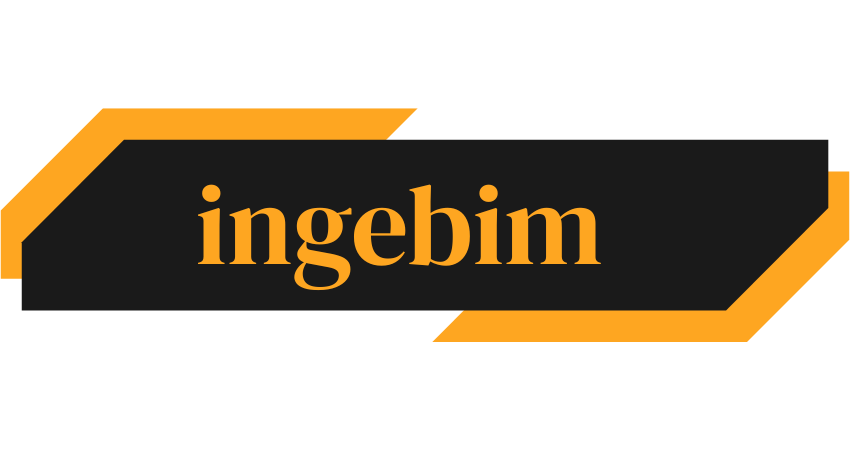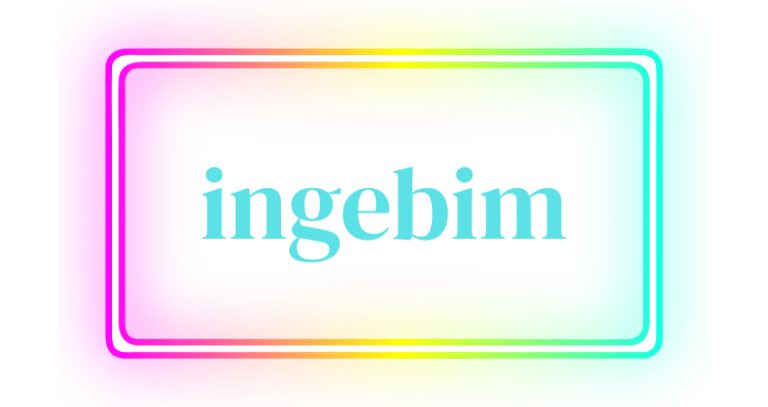Imagine stepping into a world where creativity meets precision, and where digital innovation seamlessly shapes how we build, design, or strategize—welcome to the realm of Ingebim. Though it may sound niche, ingebim is emerging as a transformative skill set, combining engineering insights, building information modeling, and digital transformation into one powerful practice. Think of it as the language spoken by forward-thinking architects, engineers, and creators who want to redefine traditional workflows.
At its core, Ingebim is about integrating data-driven design, smart visualization, and collaborative project planning. Whether you’re an architect visualizing a sustainable skyscraper, a designer creating complex 3D models, or even a project manager overseeing construction, Ingebim empowers you to do it better, faster, and smarter. It bridges gaps between different disciplines, making communication clearer and decisions more data-backed.
But Ingebim isn’t limited to just construction or engineering. With its interdisciplinary nature, it also opens doors in fields like urban planning, product design, virtual reality, and even AI-enhanced simulations. That’s why learning Ingebim in 2024 isn’t just a trendy skill—it’s an investment in your future that keeps paying dividends.
Why Ingebim matters in 2024
You might wonder: why all the buzz around ingebim this year? The answer is simple: the world is shifting rapidly towards smarter, sustainable, and highly efficient digital ecosystems. In 2024, industries are under pressure to innovate faster while reducing costs and environmental impact. Ingebim sits perfectly at this intersection.
The rise of smart cities, eco-friendly construction, AI, and digital twins is accelerating the demand for people who can speak the Ingebim language fluently. For businesses, mastering Ingebim means unlocking competitive advantages: more accurate project forecasting, reduced resource waste, and streamlined workflows. For individuals, it offers exciting job opportunities, freelance gigs, or the chance to launch a consultancy.
Even more interesting, Ingebim isn’t limited to large enterprises. Small studios and independent professionals are also adopting it to win bigger contracts and deliver exceptional results. As AI tools become mainstream, knowing how to combine them with Ingebim workflows becomes a superpower. By the end of this guide, you’ll see why Ingebim isn’t just another skill—it’s a ticket to the digital-first future.

The Evolution of Ingebim
Early beginnings
To truly master Ingebim, it helps to know where it started. The story of Ingebim goes back decades, rooted in traditional engineering, architecture, and design workflows. Originally, projects relied on static blueprints, manual calculations, and endless back-and-forth communication that often led to costly mistakes. Imagine designing a complex building, only to find out late in the process that structural plans didn’t align with electrical schematics.
As the digital revolution unfolded, software tools emerged to bridge these gaps. From simple CAD programs to complex Building Information Modeling (BIM) systems, professionals began to digitize workflows, improve accuracy, and reduce rework. Ingebim evolved as a way to unite these tools, processes, and people under a shared digital framework.
By combining data-rich models, collaborative platforms, and real-time simulation, Ingebim transformed from a technical process into a creative and strategic practice. It allowed teams to experiment, optimize, and innovate like never before—paving the way for the modern Ingebim movement.
Recent trends and innovations
Fast forward to 2024, and Ingebim is no longer just about digital drawings or models. Today, it’s deeply intertwined with AI-powered design, real-time data analytics, cloud collaboration, and even augmented and virtual reality (AR/VR). Imagine walking through a digital twin of your project before a single brick is laid—that’s the power of Ingebim today.
Recent trends also show a push towards sustainability. Designers and engineers are using Ingebim tools to predict energy consumption, material waste, and carbon footprints at the earliest design stages. It’s no longer just about building better—it’s about building smarter and greener.
Another exciting innovation? Integration with IoT (Internet of Things). Smart sensors embedded in buildings can feed live data back into the Ingebim platform, helping teams monitor performance and make data-driven decisions. As cloud computing matures, even small teams can now leverage enterprise-grade tools without massive upfront costs.
In short, Ingebim has grown from a niche technical method into a must-have, future-ready skill that empowers creativity, efficiency, and sustainability.
Getting Started with Ingebim
Essential tools and platforms
So, where do you begin your Ingebim journey? First, you’ll need to familiarize yourself with industry-standard tools and platforms. Think of them as your digital toolbox, each serving a unique purpose:
-
Revit: Ideal for architectural modeling and documentation.
-
Navisworks: Perfect for project coordination and clash detection.
-
SketchUp: Great for conceptual design and quick visualization.
-
AutoCAD: A classic staple for drafting.
-
BIM 360 / ACC (Autodesk Construction Cloud): Enables real-time collaboration.
-
Rhino + Grasshopper: Excellent for parametric design and complex geometry.
Beyond these, there are many specialized plugins and AI-enhanced tools designed to optimize workflows, visualize energy simulations, and more.
Don’t be overwhelmed. You don’t need to master everything at once. Start with one platform that fits your current project or career goals. Over time, you’ll build your toolkit to tackle diverse challenges.
Setting realistic goals for learning
One of the biggest mistakes beginners make? Trying to learn everything at once. Ingebim is vast, but you’ll master it faster by setting clear, realistic goals.
For example:
-
Month 1–2: Learn the basics of Revit or SketchUp.
-
Month 3–4: Work on small projects—like modeling your own home or office.
-
Month 5–6: Explore advanced features (e.g., clash detection, energy analysis).
-
Month 7+: Join online communities, attend webinars, and start collaborating.
Break your journey into small, achievable milestones. Remember: consistency beats intensity. Even dedicating 30–45 minutes daily can lead to significant progress within a year.
And don’t just watch tutorials—apply what you learn. Build your portfolio by sharing projects online. This not only improves your skills but can also open doors to freelance opportunities or job offers.
Core Concepts You Must Know
Fundamental principles
Before you dive deeper, it’s essential to understand what makes Ingebim unique. It’s not just about 3D modeling; it’s about data, collaboration, and lifecycle management.
Key concepts include:
-
Parametric modeling: Creating smart, data-driven models that adjust when you change parameters.
-
Data-rich models: Each element in your model isn’t just geometry—it holds metadata like material properties, costs, and maintenance info.
-
Collaboration: Ingebim thrives when teams work together across disciplines.
-
Lifecycle thinking: Designing with the full lifecycle of a project in mind, from concept to demolition.
When you internalize these principles, your work becomes more efficient, creative, and impactful.
Advanced techniques
Once comfortable with the basics, step up your game. Learn to:
-
Automate repetitive tasks using scripts (like Dynamo or Grasshopper).
-
Perform clash detection to prevent costly onsite mistakes.
-
Create visualizations and walkthroughs to communicate ideas to clients.
-
Integrate Ingebim models with AR/VR for immersive presentations.
-
Analyze performance data to design more sustainable projects.
Advanced Ingebim isn’t just about technical skills—it’s about strategic thinking. You’ll start making design decisions based on data, not assumptions.

Building a Strong Foundation
Step-by-step learning roadmap
Mastering ingebim is a journey, and having a roadmap helps. Here’s a suggested path:
-
Understand core concepts (parametric modeling, data management).
-
Choose your main tool (e.g., Revit) and master its basics.
-
Work on real or sample projects to practice modeling.
-
Learn interdisciplinary coordination (e.g., linking architectural and structural models).
-
Explore analysis tools (energy, daylight, etc.).
-
Get familiar with cloud collaboration platforms.
-
Join professional communities to learn best practices.
Keep refining your roadmap as you learn what interests you most.
Common beginner mistakes and how to avoid them
Every beginner makes mistakes—but knowing them in advance can save you frustration:
-
Skipping fundamentals: It’s tempting to jump into advanced tools, but without basics, you’ll get stuck quickly.
-
Not naming files properly: Good organization saves hours later.
-
Ignoring data integrity: Treat every element in your model as important data, not just geometry.
-
Not asking for feedback: Sharing your work early helps you learn faster.
